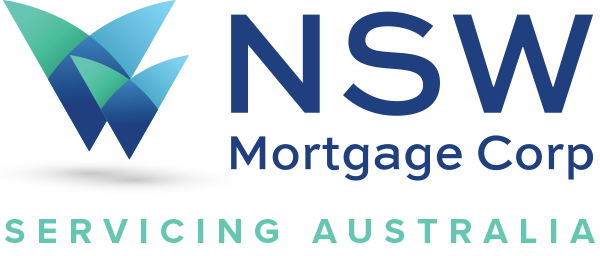If you want to take out an interest-only loan, it will be helpful to understand that this is the type of debt that never reduces the principal amount of loan. But, is it a bad or risky loan? The answer is—not all the time.
Interest-only loan: Up Close
How can I pay the full loan, when I only pay the interest?
Some lenders offer interest-only payments to draw customers to apply for loans with low-interest payments. It is because as a borrower, you only have to pay the interest and none of the principal balance for a specified period of time which may take months or years. But when the introductory period ends, payments can increase and that’s the time that you will start paying the principal. This type of loan often comes with adjustable interest rates.
Here’s an example:
You took out a $200,000 interest-only mortgage with an APR of 7%. The introductory period is up to 5 years. For the first 60 months, you only have to pay around $1166.67 per month.
So, within 60 months, you only have to pay the monthly interest while the principal balance of your loan remains the same. During the 5-year loan period, there is no amortisation of principal. When the 5-year interest-only term concludes, you can either pay the principal owed or convert it into a conventional loan.
Unlike conventional loans where the loan is amortised by including both principal balanced and the interests in each payment; you are simply paying for the cost of borrowing an interest-only loan. So, after the interest-only period, you will start paying higher monthly payments.
Advantages of an interest-only loan
The significant benefit of using an interest-only loan is the lower monthly payment on huge loans. Because of this feature, you can buy a more expensive property than what you could normally afford at present. While your income may not qualify you for a standard fixed-rate mortgage, you can borrow a higher amount on interest-only loans because of the lower required payments. You can use the extra cash on other expenses, such as working capital, medical bills, investments while waiting for the interest-only loan term to end.
Even borrowers who cannot afford to pay higher monthly payments can enjoy the benefits of owning a home, instead of renting a property. With a lower payment, you don’t have to spend your money on a property that you don’t own.
Is interest-only loan right for me?
If you have irregular income or you’re still waiting for that “big” break to come so you can free up some cash to pay the principal, this type of loan will work for you.
Disadvantages
- You cannot build equity with an interest-only mortgage because you’re only paying the interest.
- Underwater risk-when your home depreciates in value, you may end up paying more than its actual worth at the time of sale.
- You will have to pay the principal one day. You cannot keep putting off payment. So, the moment you realise you’re already in a better financial position, convert it into a conventional loan or pay the balloon.
Do you have questions about the advantages and disadvantages of interest-only loans? Ask the experts at NSW Mortgage Corp today or call now on 1300 137 778!




